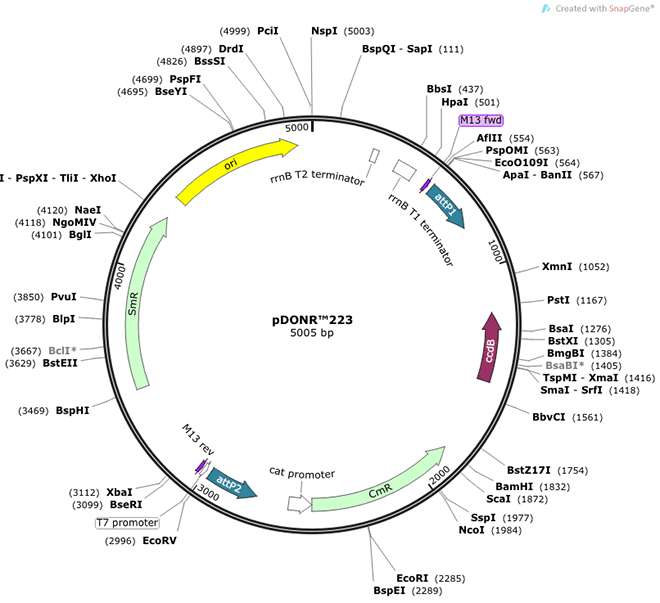This gene encodes a member of the anoctamin family, which in mammals is comprised of 10 members. Anoctamin proteins are proposed to have eight transmembrane domains with both termini facing the cytoplasm and a C-terminal domain of unknown function. While some members have been characterized as calcium-activated chloride channels, this protein is reported to have little anion conductance activity. Elevated levels of this protein were found in dystrophic mice. In humans, mutations of this gene are associated with with musculoskeletal disorders such as myopathies, muscular dystrophy and gnathodiaphyseal dysplasia. Alternative splicing results in multiple transcript variants. [provided by RefSeq, Dec 2012]
小鼠 Ano5 (NM_177694) cDNA克隆
| 小鼠 Ano5 (NM_177694) cDNA克隆 | transcript variant 1 |
| 小鼠 Ano5 (NM_001271879) cDNA克隆 | transcript variant 2 |


